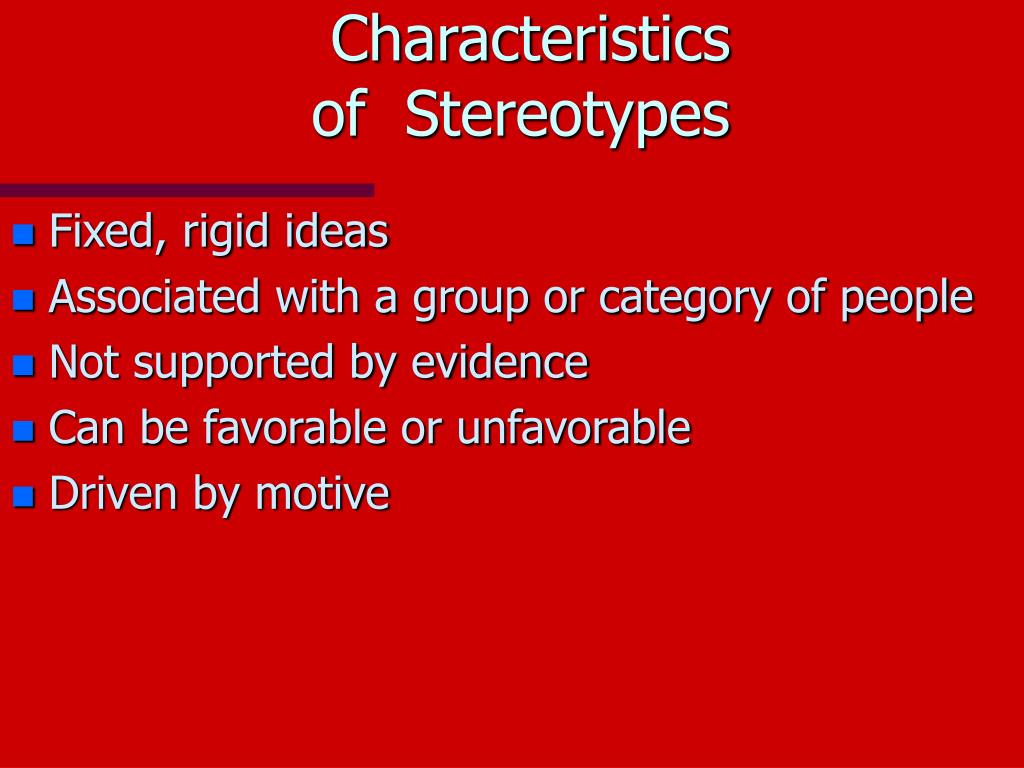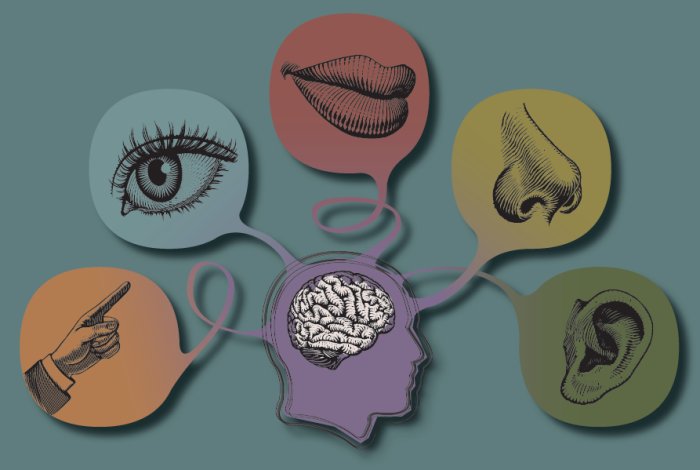
Network perception research is a subfield of social network analysis and is mainly concerned with understanding (i) the factors that shape individuals’ perceptions of not only their immediate ties, but also ties among all other actors in a bounded network, and (ii) the consequences of these perceptions at both the individual and organizational level.

Finally, we trace the history of a given tie’s status over time and show that stable relations are more likely to be accurately perceived in comparison to unstable, emerging or dissolving relations.Īntecedents and consequences of cognitive social structures
INACCURATE PERCEPTION DEFINITION UPDATE
We illustrate that the majority of perception errors are due to individuals’ inability to update their prior perceptions of ties rather than making erroneous updates. Moreover, we develop a new time-based schema that individuals may rely on to shape their perceptions of their social surroundings. However, despite consistent overestimation of how central one is in the network, we find that the individuals are fairly accurate in terms of recognizing changing trends (i.e., becoming more or less popular) in their informal ties over time. Our findings do confirm existing literature on the tendency for respondents to inflate their own centrality. In the following sections, we exploit a novel data set that captures the evolution of network perception, and show that despite common sense expectations, accuracy in perceiving social structure does not improve over time. In this paper, we explore patterns of change in perceptions of networks at three time points and provide tools and concepts to encourage other network researchers to study longitudinal network perception data. Therefore, we have very limited knowledge on how perceptions evolve over time. Consequently, existing network perception studies using whole network designs are based on perceptions of network structure at a single point in time. This is mostly due to the heavy burden placed on respondents of CSS surveys and the reluctance of organizations and individuals to participate in such time consuming studies at multiple points in time. However, despite the dynamic nature of social networks, an analysis of perceptions of informal networks at multiple time points has been missing from the literature. Due to the importance of network perception, a sub-discipline of organizational social network research, known as cognitive social structures (CSS), focuses on how individuals perceive and represent the networks that surround them. We conclude by presenting possible research questions for future studies to further our understanding of the temporal aspects of network perception.Įxtant research indicates that individuals’ perceptions of social relations they are embedded in have consequences on a variety of important outcomes such as power, performance, reputation, leadership, enhanced team performance, coordination and innovation. Our findings suggest that stable dyads across time are more likely to be accurately perceived whereas other types of dyads are poorly tracked.

Finally, we shifted the analysis from accuracy at a given time point and considered the narrative arc of dyadic relations.

Third, we explored possible explanations for the persistence of perception errors and showed that most of the errors at time point two and time point three were due to a failure to update previous perception decisions. However, we find that individuals were quite capable of recognizing the broader dynamics of social hierarchy (i.e., whether they were becoming more or less popular) even as they became no more accurate in understanding either the overall networks or their own ego-net. Second, we examined one’s perception of his or her own direct ties and found a consistent tendency to inflate incoming friendship ties, confirming existing studies. We found no significant increase in accuracy. First, we asked whether or not individuals become more accurate in their perception of the network over time. In order to address this gap, we collected whole network perception data at three time points from a cohort of MBA students.

Most studies on perceptions of social structures in organizations rely on cross-sectional evidence and lack a longitudinal perspective.


 0 kommentar(er)
0 kommentar(er)
